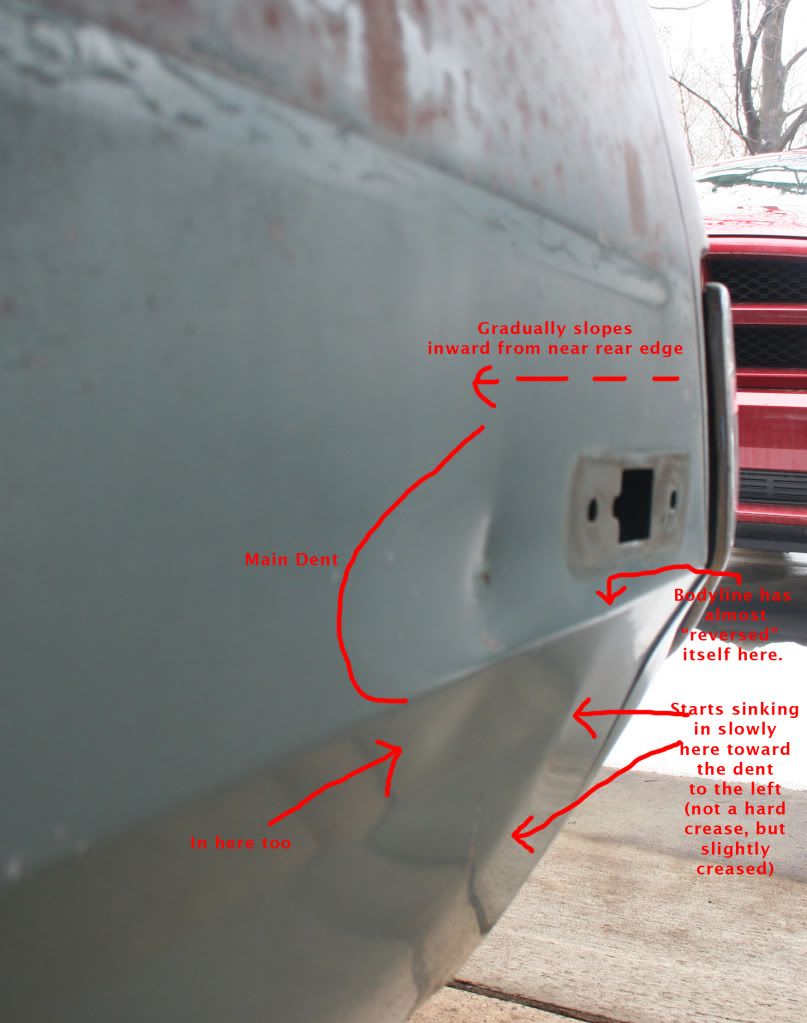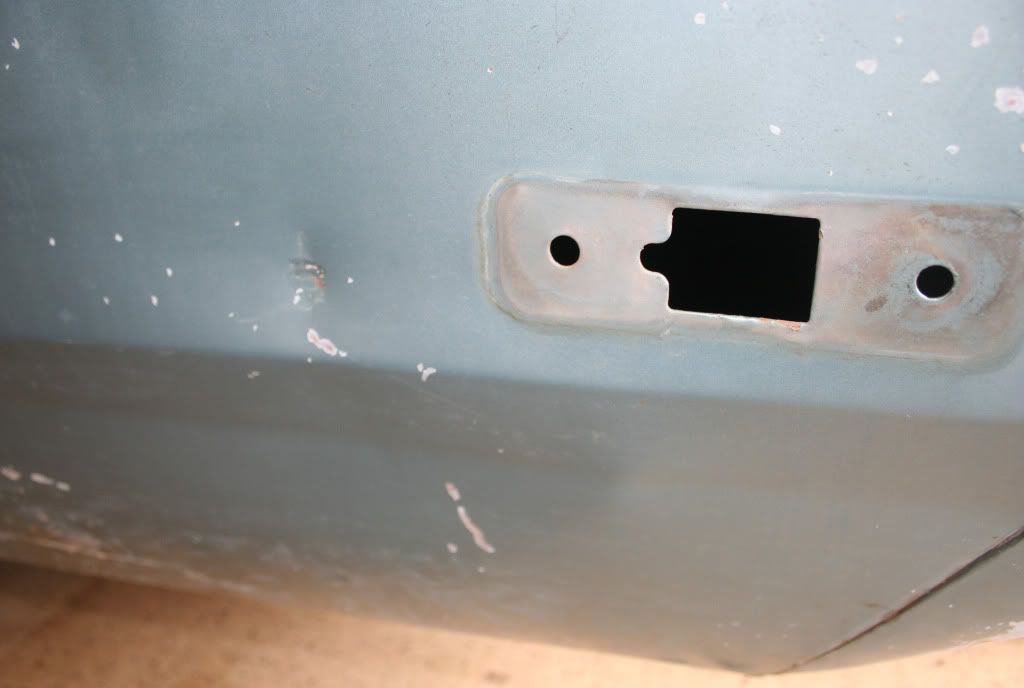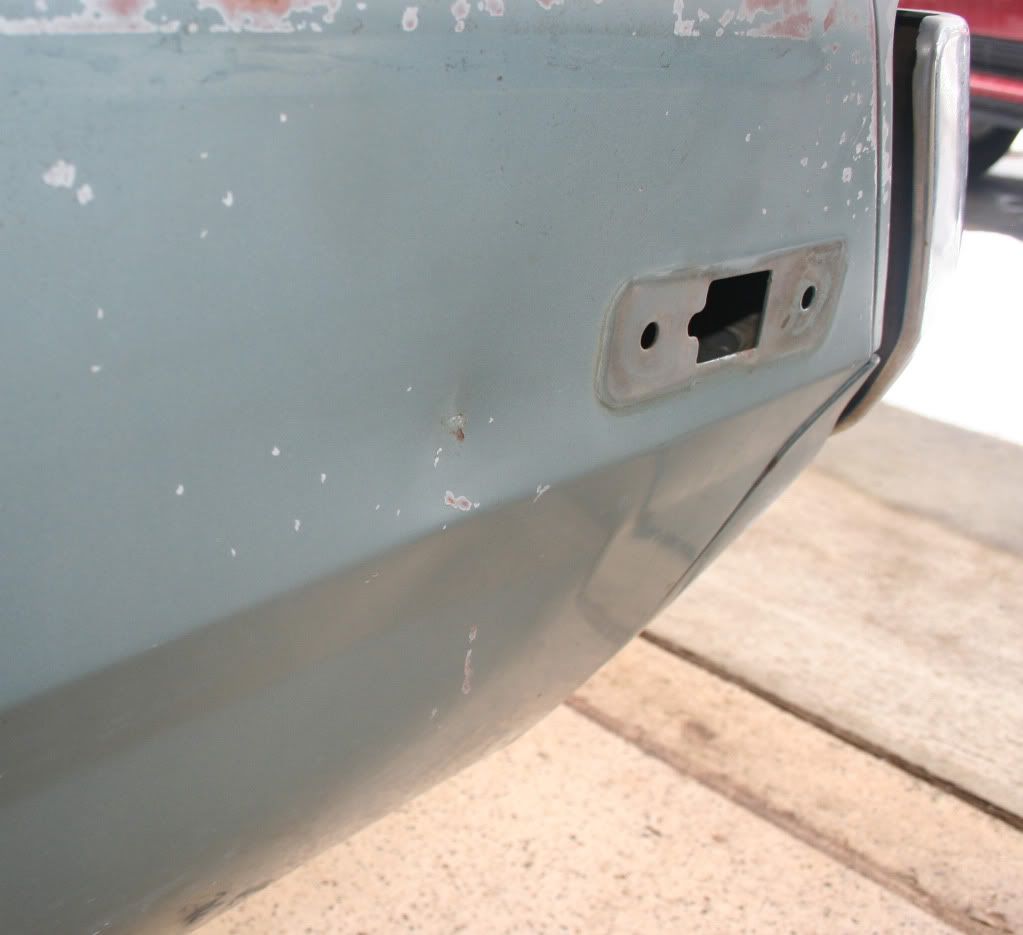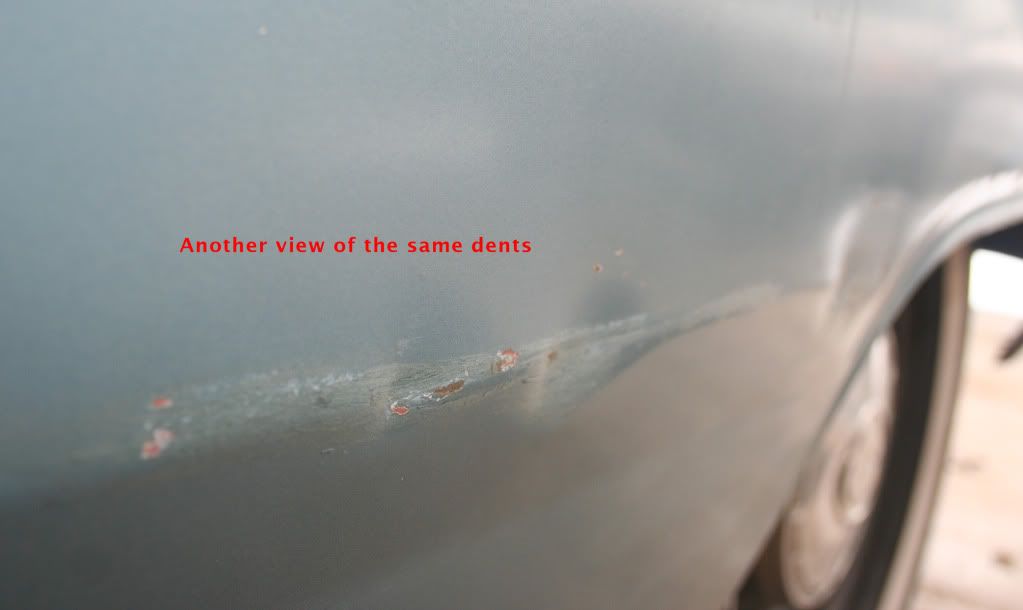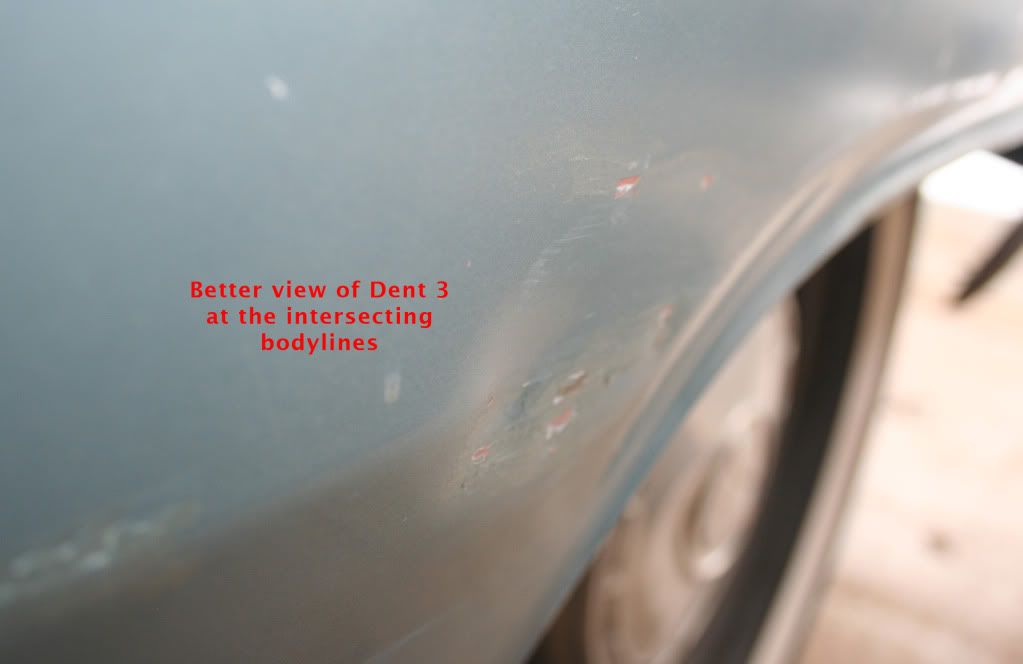Have any of you used a DTM (direct to metal) 2K instead of an epoxy or etch as a base primer ?
Maybe someone can run through the different types of primers and were and when you use them ?
Epoxy primer
Polyester primer
urethane primer
high build 2K primer
Lacquer primer
Theres so many choices that it can get real confusing especially forr someone like myself who spent about 2 years in a body shop knows enough to get myself in trouble lol
Sorry guys, been really busy at work on this Rustang. :banghead:
I will try to help answer some of the questions listed above by everyone.
As far as direct to metal primer... YES I have used them and I do like them... it eliminates a step right? The one I used with good success is PPG's NCP 270.
Maybe I can explain to others what it really is.
What really is primer? Why do we use it?
A few reasons, protecting bare metal, helping other materials stick, and helping fill sand scratches and low spots in body work.
A "direct to metal" primer, or corrosion resistant primer can be directly applied over bare steel.
What kind of primers are direct to metal? Lots, and you just have to read their product info first.
Most, Epoxy primers, Etch Primers, and SOME filler primers.
It can be an advantage to get a Filler Primer that is direct to metal, although like mentioned above, I believe NCP 270 Primer is about $180 a gallon WITHOUT catalyst. It's a good primer though. Getting a direct to metal filler primer can save you a step and time.
Here is a run down of when and where you can and should use different types of primers.
1. Etch Primer, is basically a primer that has an acidic content that "etches" or eats it's way into the metal. This primer is the BEST for adhesion. Most primers rely on "mechanical" adhesion to stick to the car... this is sand scratches. Etch primer will basically create it's own adhesion. This primer should be sprayed very lightly and just one coat basically still being able to "see through" the coat. It is also a very TOXIC product that I really don't see much of a use for anymore.
2. Epoxy primer, great adhesion properties (sticks to anything) durable, awesome for corrosion resistance. I use epoxy over bare steel, and also over the top of my primer surfacer for sealer before base coat. Epoxy is a great product. Epoxy generally does not sand well, and dries very slowly.
3. Lacquer primer, shrinks, cracks, and basically is an old technology. It dries very quickly and can be dusted over bodywork or primer as a guide coat but I don't recommend using it.
4. Poly primer, is a VERY high build primer, most body fillers are polyester based as is this primer. This type of primer is basically sprayable body filler. This is a good primer for leveling an entire car. This primer has the possibility of cracking and chipping because it is so THICK. It does have it's purposes.
5. 2k primer and Urethane primer are usually associated with the same product. A 2k primer is a "two part" primer, basically the primer, and a catalyst. 2k Primers are usually associated with a sandable surface primer or filler primer. The primer is used to fill sand scratches and also help you level bodywork. Dries fairly fast, and usually has a good build of product.



